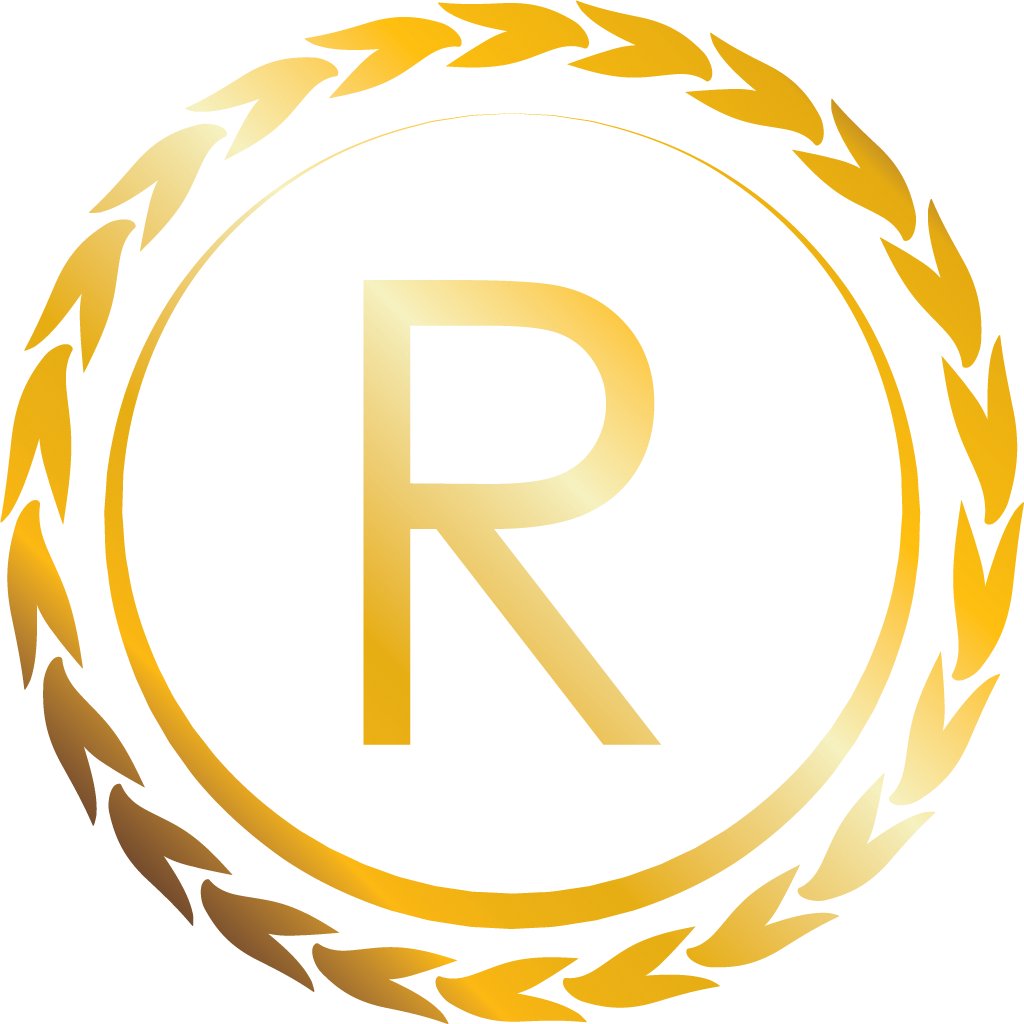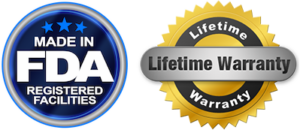The biological effects of different wavelengths of light emitting diode (LED) light tend to vary from each other. Research into use of photobiomodulation for treatment of skin wounds and the underlying mechanisms has been largely lacking. We explored the histopathological basis of the therapeutic effect of photobiomodulation and the relation between duration of exposure and photobiomodulation effect of different wavelengths of LED in a Japanese big-ear white rabbit skin-wound model. Skin wound model was established in 16 rabbits (three wounds per rabbit: one served as control, the other two wounds were irradiated by red and blue LED lights, respectively). Rabbits were then divided into 2 equal groups based on the duration of exposure to LED lights (15 and 30 min/exposure). The number of wounds that showed healing and the percentage of healed wound area were recorded. Histopathological examination and skin expression levels of fibroblast growth factor (FGF), epidermal growth factor (EGF), endothelial marker (CD31), proliferating cell nuclear antigen (Ki67) and macrophagocyte (CD68) infiltration, and the proliferation of skin collagen fibers was assessed. On days 16 and 17 of irradiation, the healing rates in red (15 min and 30 min) and blue (15 min and 30 min) groups were 50%, 37.5%, 25% and 37.5%, respectively, while the healing rate in the control group was 12.5%. The percentage healed area in the red light groups was significantly higher than those in other groups. Collagen fiber and skin thickness were significantly increased in both red light groups; expression of EGF, FGF, CD31 and Ki67 in the red light groups was significantly higher than those in other groups; the expression of FGF in red (30 min) group was not significantly different from that in the blue light and control groups. The effect of blue light on wound healing was poorer than that of red light. Red light appeared to hasten wound healing by promoting fibrous tissue, epidermal and endothelial cell proliferation. An increase in the exposure time to 30 min did not confer any additional benefit in both red and blue light groups. This study provides a theoretical basis for the potential therapeutic application of LED light in clinical settings.


